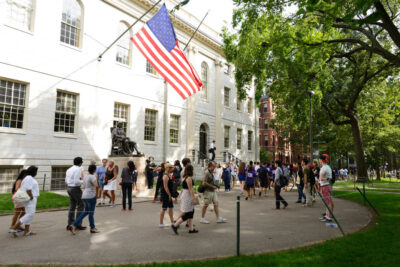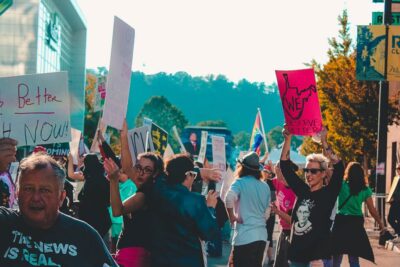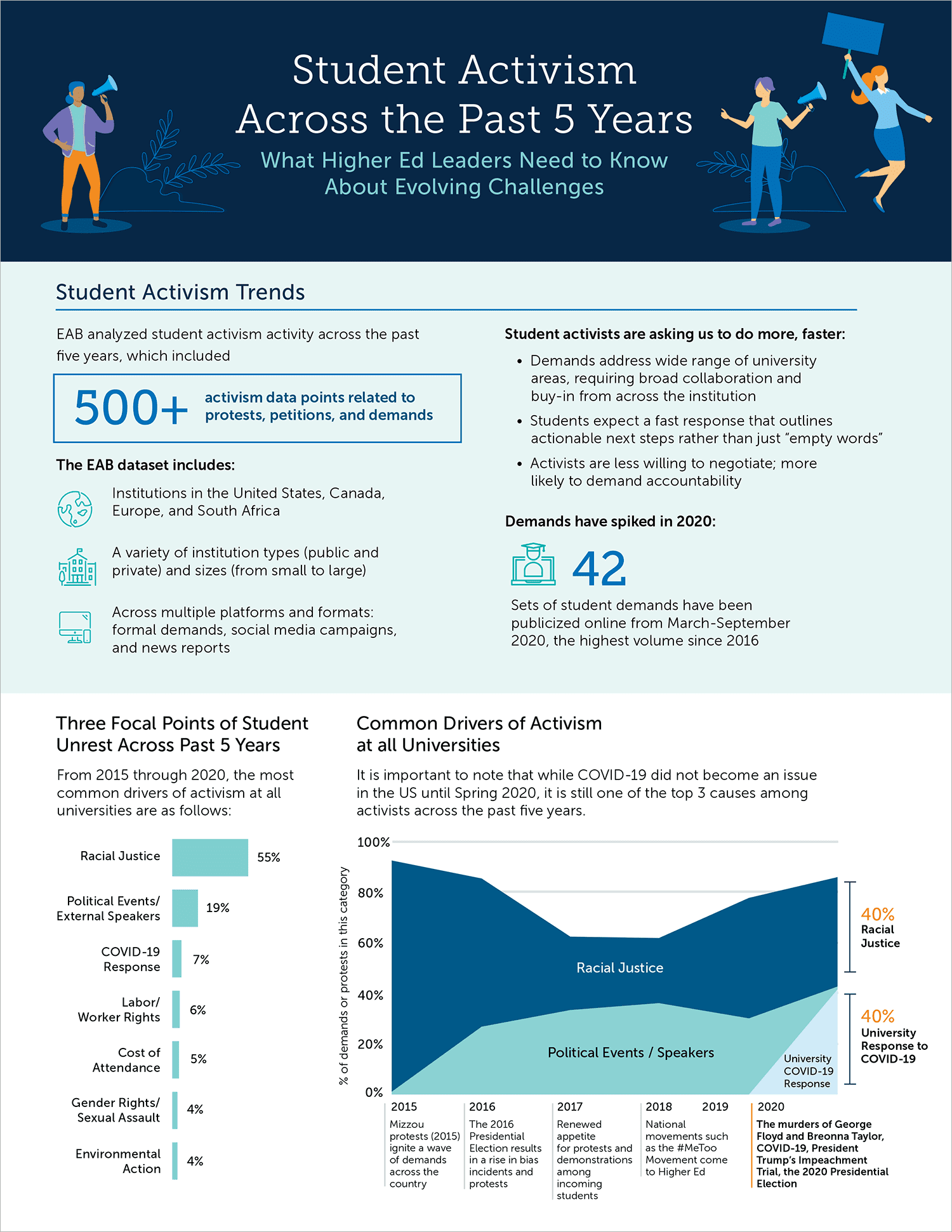Infographic
Student activism across the past 5 years
What higher ed leaders need to know about evolving challenges
EAB analyzed student activism activity across the past five years, which included 500+ activism data points related to protests, petitions, and demands.
The EAB dataset includes:
More Resources

Resource Center
Student Experience and Well-being Resource Center
Explore our resources on student success and retention, mental health, financial support, student belonging, activism, and experiential learning,
Strategic Advisory Services

Research Report
Addressing Free Speech and Student Activism on Campus
EAB outlines five recommendations to assist university leaders in their preparation for the 2024 election and beyond.
Strategic Advisory Services

Tool
Free Speech Policy Audit
This free speech policy audit outlines three steps to audit your higher ed institution's current policy and awareness-building…
Strategic Advisory Services
